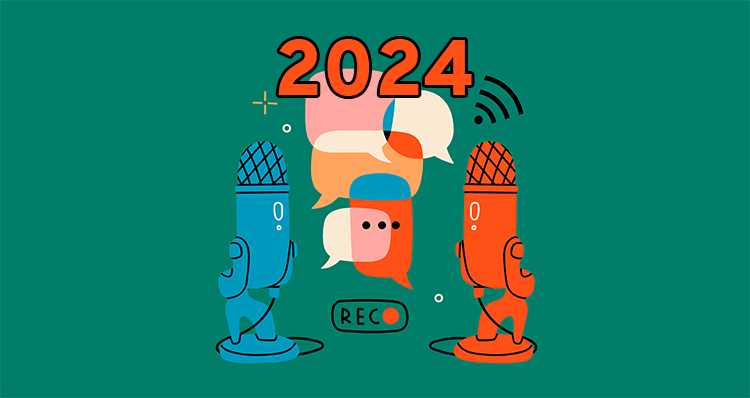Chief Justice Roberts slides into the high court’s ideological middle with the retirement of Justice Kennedy
A Balance of Concerns
Barry Friedman, a professor at New York University School of Law who also has studied the ideological impact of judges and justices, says he would not expect Roberts to vote with the liberal bloc as often as Kennedy did in divided cases.
“The dynamics on the court are going to change, and we may get more of a shifting median than we’ve had,” Friedman says.
O’Connor and Kennedy fell naturally into the center on the court, he says, while Roberts, “to the extent he is the median, I think he’s going to be median more because of his strategic choosing than because of his own ideological preferences.”
Epstein says in the recently completed 2017-18 term, “we got a really good preview of what a Chief Justice Roberts-dominated court is going to look like.”
Kennedy did not join the liberal bloc in any of the 19 cases that were decided 5-4 during the term. He instead joined with Roberts and the other conservatives on decisions upholding Trump’s entry ban on travelers from several majority-Muslim countries, holding that California may not require pregnancy crisis centers to inform patients about the availability of state-funded services including abortion, and overruling a 1977 precedent that authorized public-employee unions to charge service fees for collective bargaining to employees who decline to join the union.
If Kavanaugh is confirmed, the court’s overall ideological balance will shift rightward, with a median justice—Roberts—much less likely to join with liberals than Kennedy was in some key divisive areas.
“That is going to pull the court in an incredibly rightward way,” Friedman says.
Cases raising issues about abortion, race consideration in college admissions, school board prayers, the rights of transgender students and the legitimacy of the ACA are in the pipeline and could reach the Supreme Court soon.
But some observers note that Roberts will face balancing his newfound ideological position of power with his traditional role of chief justice. Most agree this role has invested in him a concern for the long-term legitimacy of the court and raises questions about how willing he would be to overrule established precedents in areas such as abortion and LGBTQ rights.
not picking fights
Miguel A. Estrada, a conservative-leaning Supreme Court litigator at Gibson, Dunn & Crutcher, told a Federalist Society gathering in July that because the members of the conservative bloc have long been willing to air their different judicial philosophies in separate writings, even when they are in the majority, he is somewhat dubious that the coming rightward shift will be as dramatic as some predict.
“The conservative justices, which are about to take over the country, cannot agree on lunch,” Estrada said. “This whole notion that we’re going to have ... the dawn of the right-wing court that is basically going to crush ... the rest of the country is pure fantasy.”
At the 4th Circuit Judicial Conference at a West Virginia resort, Wilkinson asked Roberts about the justices’ propensity to write separately, which is something the chief justice does not engage in as much as some others.
“As the chief justice, I feel some obligation to be something of ... an honest broker among my colleagues,” Roberts said. “I don’t necessarily go out of my way to pick fights.”
In his new role as median justice, the chief justice won’t need to pick any fights.
This article was published in the September 2018 ABA Journal magazine with the title "Center Court: The chief justice slides into the high court's ideological middle with the retirement of Justice Kennedy."



